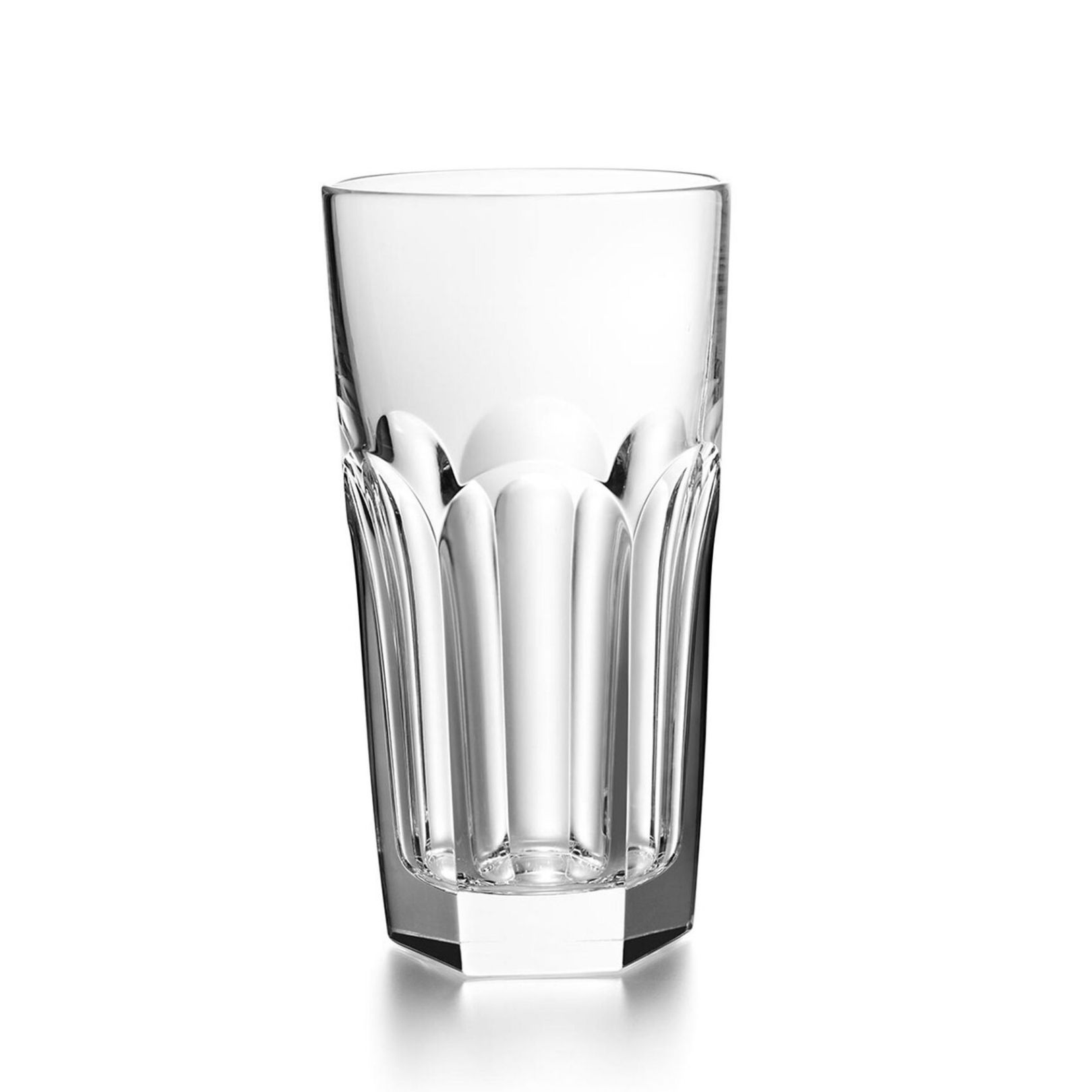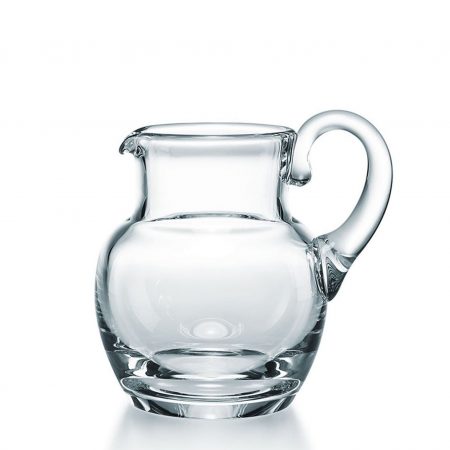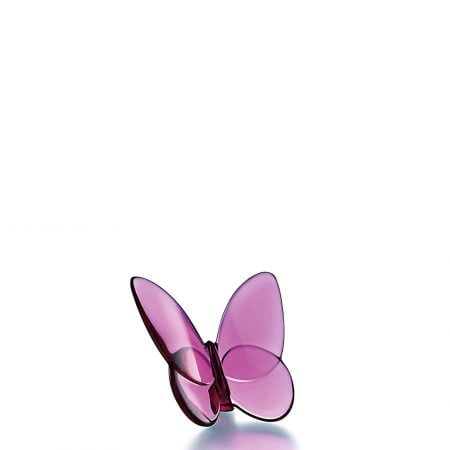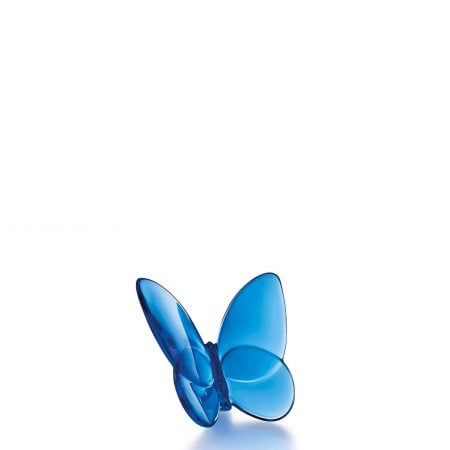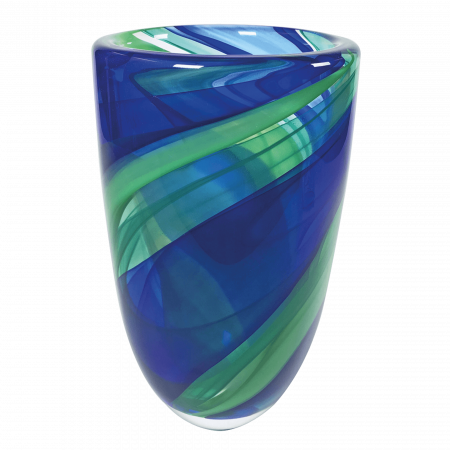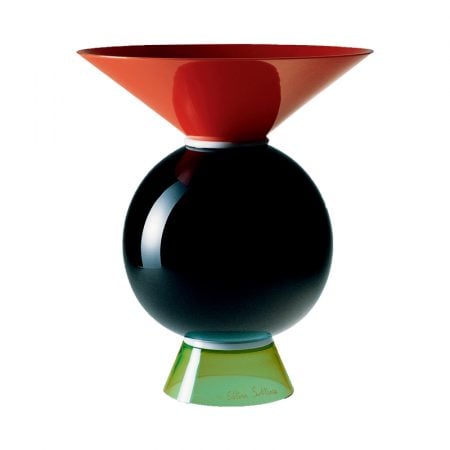Baccarat HARCOURT 1841 HIGHBALL Glass
SKU: 2811288Baccarat HARCOURT 1841 HIGHBALL Glass
Rif.: 2811288
h 14 cm
Diam 7.1 cm
Capac. 34 cl
Available product
Available product
Contact us for the purchaseYou must have an account to manage your gift list
Log in or register
Baccarat HARCOURT 1841 HIGHBALL GlassSome Curiosities
Baccarat is a French municipality located in the department of Meurthe and Moselle in the Grand Est region. The inhabitants are called Bachamois.
It was this town that gave its name to the crystal that has been manufactured here since the 18th century using the technique created by Aimé-Gabriel d’Artigues.
The history of Baccarat crystals began in 1764,
when Louis de Montmorency-Laval, Bishop of Metz, asked the King of France Louis XV to open a factory for the production of glass, because at the time he was forced to obtain supplies in Venice or Bohemia; the authorisation by royal decree arrived on 16th October 1764. Thus, in the village of Baccarat in Lorraine, on the banks of the river Meurthe, the Verrerie Sainte Anne was founded. The glassworks was taken over in 1816 by the entrepreneur Aimé-Gabriel d’Artigues, already owner in Belgium of the Vonèche Glassworks, who moved all production to Baccarat. From this moment on, the Verrerie specialised in crystal working, becoming after a few years the first crystal manufacture in France, with prestigious orders from King Louis XVIII, then Charles X and Louis Philippe.
During the Restoration period,
countless innovations are made, new processes and special colours are created (such as the famous golden red), awarded over the years with awards and gold medals. Initially, Baccarat also supplied its crystals to external artists, including Madame Désarnaud, the first who had the audacity to make furniture entirely out of crystal, such as the Duchess du Berry’s dressing table, which she made to a design by Nicolas-Henry Jacob (1782-1871, a pupil of David’s), now in the Louvre. Madame Désarnaud, Charpentier’s widow, had carried on her husband’s business with great passion and entrepreneurial spirit.
Even today they can still be admired at the Musée d’Orsay in Paris and it was during the Universal Exhibition of 1823 that the Baccarat brand was revealed to the world. It was commissioned by kings and emperors. Like the Harcourt chalice symbol of the company and still in production today, created in 1841 for the King of France Louis-Philippe, engraved with the royal monogram and the characteristic ruby red button obtained by the progressive fusion at a temperature of five hundred and forty degrees of crystal and gold powder.
At the beginning of the 20th century
Baccarat produces the first bottles of perfume. Sillage de la Reine, the perfume recently recreated based on the one used by Marie Antoinette, is also contained in a Baccarat crystal bottle. In 1948 Soleil, a large clock with crystal rays, was designed. Designed by George Chevalier, it is inspired by the symbol of the Sun King (used for the gates of the Palace of Versailles). The first buyer of the precious object was Arthur Miller, who chose it to decorate his Manhattan flat at the time of his marriage to Marilyn Monroe. In 1956 two bottles with initials in pure gold were made for the marriage of Prince Rainier of Monaco to Grace Kelly.
| Brand |
|---|
